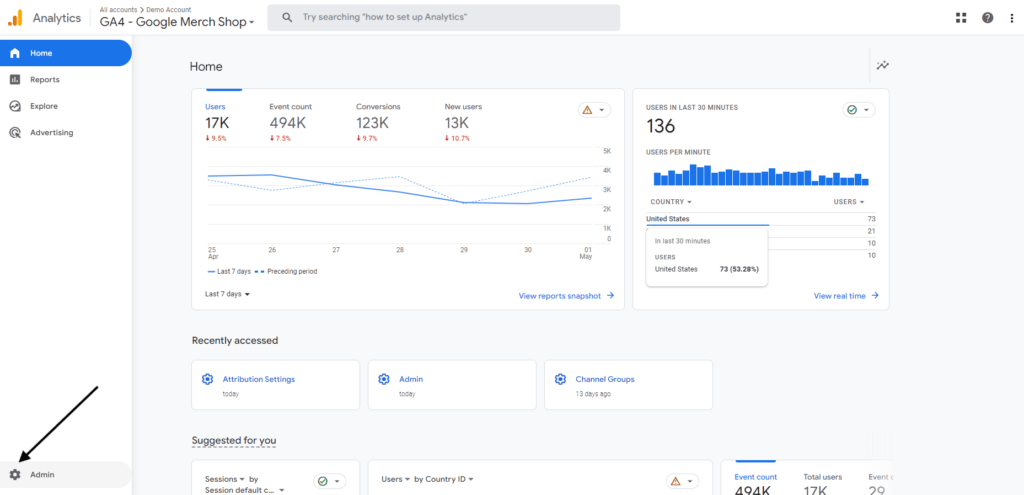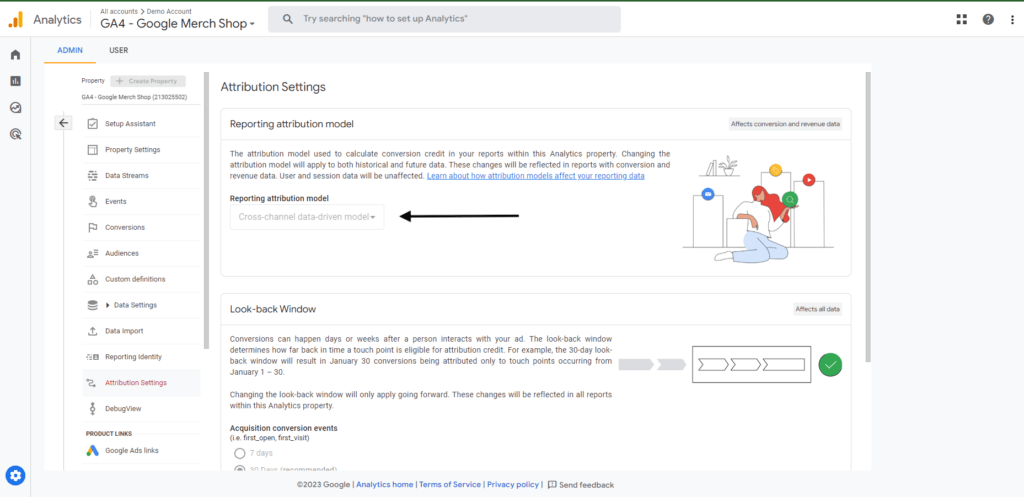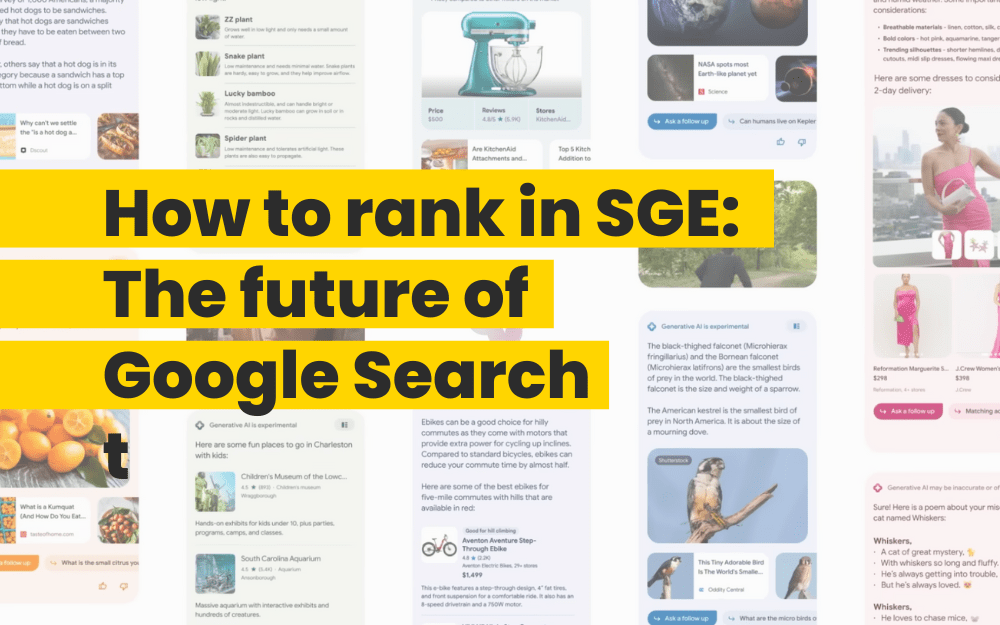In the world of digital marketing, attribution is the process of assigning credit to the various touchpoints a customer interacts with before making a purchase. The goal of attribution is to determine which marketing channels and tactics are driving the most valuable traffic and conversions. Google Analytics has been a go-to tool for marketers to measure attribution for years, and with the introduction of Google Analytics 4 (GA4), there are even more powerful attribution models available. In this article, we’ll dive into what GA4 attribution models are, how they differ from previous models, and why they matter for your marketing strategy.
What is a GA4 attribution model?
A GA4 attribution model is a method used in Google Analytics 4 to determine how credit is assigned to different touchpoints along a customer’s journey towards making a conversion. Attribution models help marketers understand the impact of each marketing channel and tactic on customer behaviour and conversion rates.
GA4 attribution models differ from previous versions of Google Analytics because they incorporate machine learning to better analyse and predict customer behaviour. The new models are designed to provide more accurate insights into which marketing efforts are driving the most valuable traffic and conversions, which can help marketers optimize their campaigns and increase ROI.
What is GA4’s default attribution model?
GA4’s default attribution model is called the “Data-driven attribution” model. This model uses machine learning algorithms to analyse data from your Google Analytics account and assign credit to different touchpoints based on their actual impact on conversions. Data-driven attribution considers all the touchpoints that a customer interacts with on their journey, including channels that are often undervalued by other attribution models, such as social media or display advertising. Changing the attribution model will apply to both historical and future data, and the changes will be reflected in reports that display conversion and revenue data.
User and session data will not be affected by these changes. However, it’s important to note that this model requires a certain amount of data before it can be used effectively, so if your website or app has low traffic, you may need to use a different attribution model.
Data-Driven Attribution Model
The Data-Driven attribution model is the default model in GA4, and it uses machine learning to analyse data from your Google Analytics account to determine which touchpoints have the most impact on conversions. This model is based on actual user behaviour rather than assumptions or preconceptions about how customers interact with your website or app.
Last-Click Attribution Model
The Last-Click attribution model gives all the credit to the last touchpoint a customer interacts with before converting. This model assumes that the last touchpoint is the most important in the customer journey, and it’s often used for campaigns with a clear and direct call-to-action.
First-Click Attribution Model
The First-Click attribution model gives all the credit to the first touchpoint a customer interacts with on their journey. This model assumes that the first touchpoint is the most important in the customer journey, and it’s often used for campaigns aimed at building brand awareness or introducing new products or services.
Linear Attribution Model
The Linear attribution model gives equal credit to all touchpoints in the customer journey. This model assumes that each touchpoint is equally important in the customer journey, and it’s often used for campaigns with multiple touchpoints that work together to drive conversions.
Position-Based Attribution Model
The Position-Based attribution model gives more credit to the first and last touchpoints in the customer journey, with the remaining credit distributed evenly among the touchpoints in between. This model assumes that the first and last touchpoints are the most important, and the touchpoints in between are also valuable, but to a lesser degree.
Time Decay Attribution Model
The Time Decay attribution model gives more credit to touchpoints that are closer in time to the conversion. This model assumes that touchpoints that are closer in time to the conversion are more important than touchpoints that occurred earlier in the customer journey.
How do I change the attribution model in GA4?
To change the attribution model in GA4, follow these steps:
- Log in to your Google Analytics account and navigate to the Property you want to work with.
- Click the cog wheel icon at the bottom left of the page.

3. Under the admin section, click on “Attribution Settings” in the list selection.
 4. Click the drop-down menu under “Reporting attribution model” at the top of the page.
4. Click the drop-down menu under “Reporting attribution model” at the top of the page.
5. Select the attribution model you want to use.
6. Click on “Save” at the bottom of the page to save your changes.

It’s worth noting that you cannot use any custom attribution models and some attribution models, like the Data-Driven model, require a certain amount of data before they can be used effectively. If your website or app has low traffic, you may need to use a simpler attribution model, like the Last-Click or First-Click model.
We know that continuously analysing and improving your online performance can be a manual task, but what if you could save tonnes of time and make more money with the click of a button? BOSCO™ AI marketing platform uses past data combined with cutting-edge machine learning to accurately forecast the success of any online campaign and is capable of analyzing millions of data points and producing instant insights. Book a 15 minute demo with our team to find out more.




